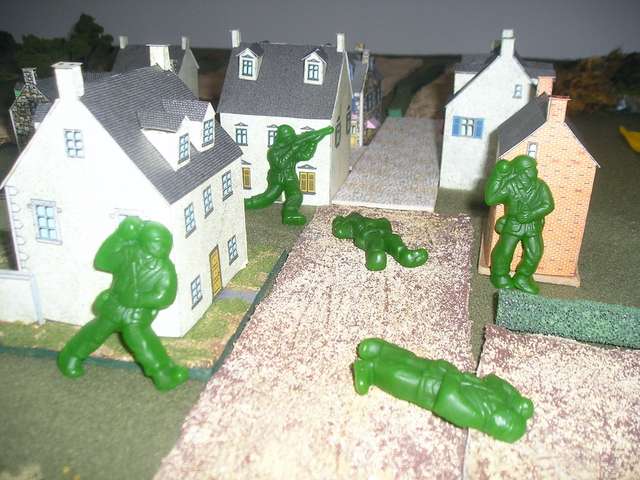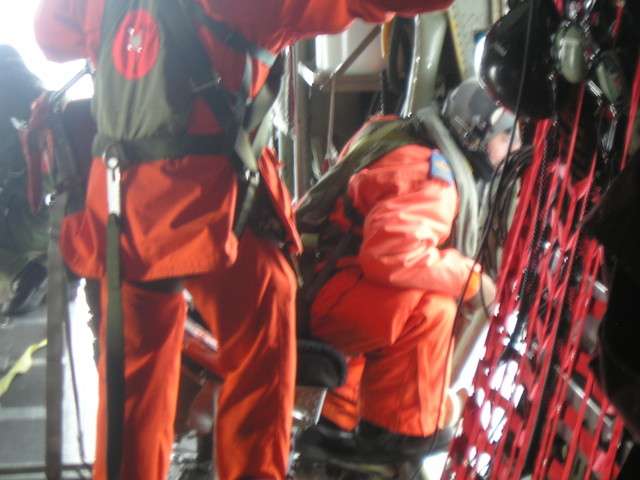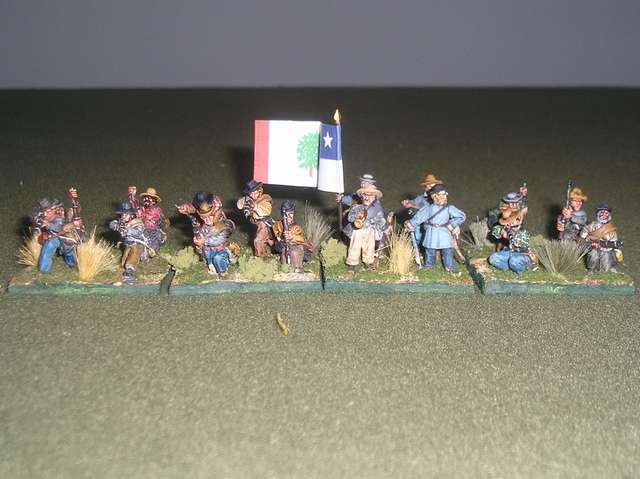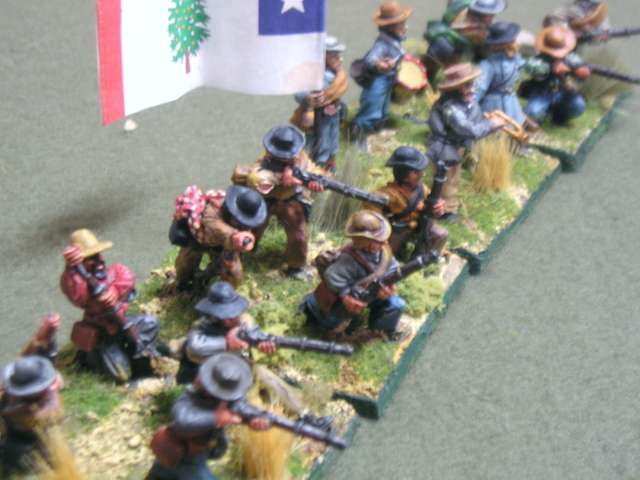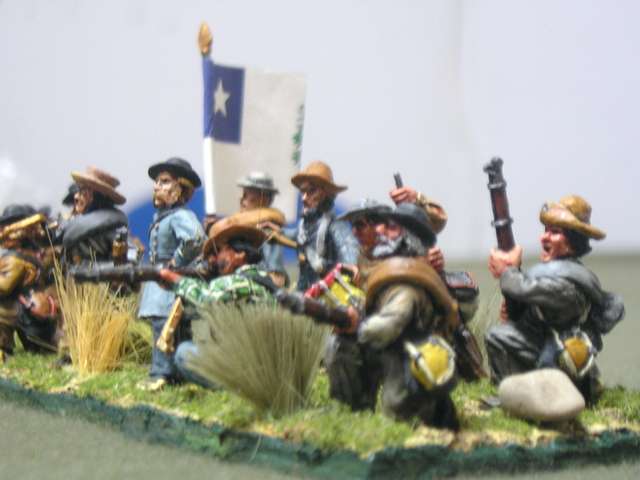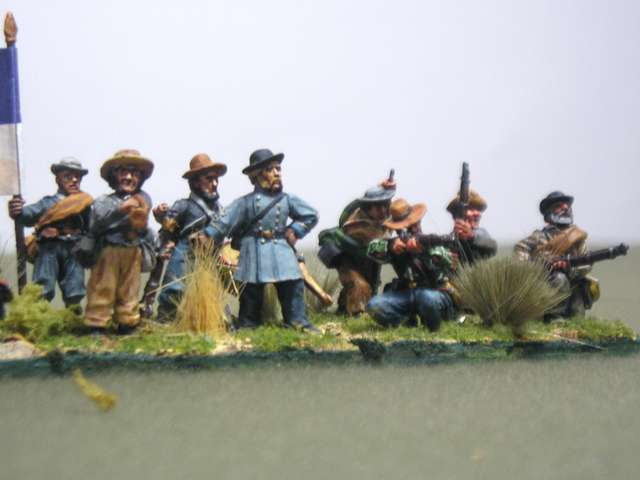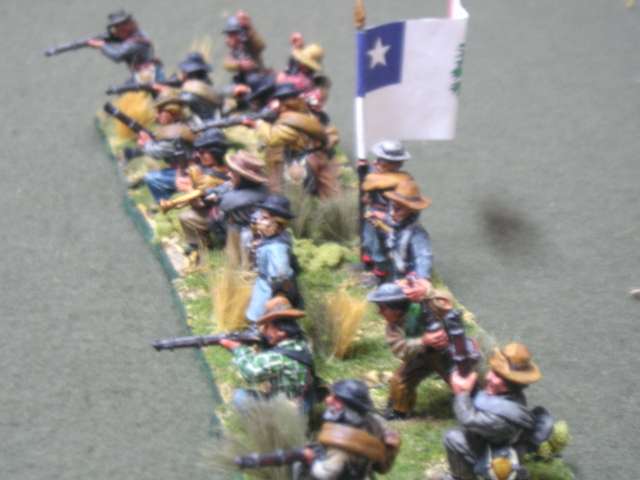Mark 8:27-38
27Jesus went on with his disciples to the villages of Caesarea Philippi; and on the way he asked his disciples, “Who do people say that I am?” 28And they answered him, “John the Baptist; and others, Elijah; and still others, one of the prophets.” 29He asked them, “But who do you say that I am?” Peter answered him, “You are the Messiah.” 30And he sternly ordered them not to tell anyone about him.
31Then he began to teach them that the Son of Man must undergo great suffering, and be rejected by the elders, the chief priests, and the scribes, and be killed, and after three days rise again. 32He said all this quite openly. And Peter took him aside and began to rebuke him. 33But turning and looking at his disciples, he rebuked Peter and said, “Get behind me, Satan! For you are setting your mind not on divine things but on human things.”
34He called the crowd with his disciples, and said to them, “If any want to become my followers, let them deny themselves and take up their cross and follow me. 35For those who want to save their life will lose it, and those who lose their life for my sake, and for the sake of the gospel, will save it. 36For what will it profit them to gain the whole world and forfeit their life? 37Indeed, what can they give in return for their life? 38Those who are ashamed of me and of my words in this adulterous and sinful generation, of them the Son of Man will also be ashamed when he comes in the glory of his Father with the holy angels.”
Mark 8:27-38[Jesus] asked them, “But who do you say that I am?”
If that question were put to each one of us, what would we say? How comfortable would we be asking it? I’m sure that there are other religious questions we could answer quite easily. If another Christian asked you “What church do you go to?”, that would be easy enough. If another padre asked me “What’s your denomination” or, “what’s your theology”, that would be a pleasant (I would hope!) conversation. Today’s gospel, however, challenges us with the one question that each one of us, without exception, is called on to answer. That question is a simple one. Who do we say that Jesus is? Are we prepared to say, as Peter does, that Jesus is the Messiah, the Saviour? I would hope that as Christians we would all be prepared to say yes, Jesus is the Saviour, but I don’t take it for granted. I was a student minister in a church called Holy Saviour, but many folks there were happier talking about their beautiful building or their lovely music than they were talking about Jesus. And then there’s a second, follow-on question. If we do say, like Peter, that Jesus is the Saviour, are we prepared, as Peter is not, to let Jesus be our Saviour? Are we prepared to let Jesus be Jesus, to let him be our Lord, or will we try to put our own limits and conditions on Jesus?
Now I’m using a word, Saviour, that isn’t present in the gospel today. It’s suggested, because the word Messiah is present, and the Messiah, which means, literally, “anointed one”, was the one who was going to come and save Israel from its enemies. I guess I’m jumping to the word Saviour because I’ve been seeing that word five days a week for the last few months. Along with my colleague, Padre Poley, I’ve been taking French lessons in the Birchall Building here on the base, and that building is named after Leonard Birchall, a Canadian veteran of World War Two. Because I’m trying to think in French these days, I always notice the French part of the dedication plaque as I enter the building, which describes Birchall as “le sauveur de Ceylon”, the Saviour of Ceylon. A lot of people in uniform go in and out that building each day, and maybe some of them wonder, who was this Birchall guy, and how was he a Saviour? If they were made to think about the question, “who do you say that Leonard Birchall is?” it would be a great thing, because knowing who he was, and applying that knowledge to their lives and to their careers, would make them those folks better people and better CF members. It’s also a good story for us to start with this morning.
This sermon isn’t a history lesson, so I’ll be brief here. Leonard Birchall was a Canadian pilot stationed in the Pacific during World War Two, at a time when the Allies were folding up like a cheap suit at an August wedding. On his first flight in theatre, Birchall’s plane was patrolling off what is today called Sri Lanka, when he saw a Japanese fleet approaching the island. Knowing full well that he would be shot down, Birchall stayed in position long enough to warn his base of the Japanese fleet. As a result, the Japanese never invaded and, when Winston Churchill heard about it, he called Birchall “The Saviour of Ceylon”. For Birchall and his crew, their selflessness came at the price of spending the rest of the war in a Japanese prison camp. Now the title “Saviour of Ceylon” may have been motivated by reasons of politics and publicity (after all, every nation needs its war heroes), but for the other prisoners in the POW camps, Birchall was a saviour in a very real and personal way.
As you know, conditions in these prisoner of war camps were very harsh. The Japanese guards were often brutal, rations were at starvation levels, and there was little if any medicine. Many Allied prisoners died in these camps, but in the camps were Birchall stayed, the death rate fell from 30% to 2%. As the senior Allied officer, he led by example, encouraging his men to stick together, share with and care for each other. Birchall ordered the precious and scanty supply of medicine and pain killers kept for the most serious cases, so that men in great pain regularly refused medicine for the sake of others. Whenever a prisoner was being beaten, Birchall or one of the other officers would step in the middle, taking the beating in place of the other prisoner and risking their own fragile health to save the life of another.
Last fall, during our basic training, Padre Poley and I saw a video of a talk that Birchall gave, late in his life, to a group of RMC students. The contrast between his appearance and what he was saying was amazing. Here was this ordinary, elderly man, speaking slowly as old men often do. To see him on the street, you would have said he wasn’t anyone special, just someone’s grandfather or great-grandfather. In fact, our class was so tired and so sleep-deprived that it was hard to stay awake through the video. However, the story he told, and the way he told it, with amazing modesty and sincerity, was electrifying. I remember Birchall saying that nothing must be more important to an officer than the welfare of his men, and that this quality could not be taught, it just came from within. I remember thinking then, and I think it every time that I go into that building, that Birchall deserved the title of a saviour. Not a religious saviour, not a saviour of souls. Not a political or a military saviour, though he did help save the Allies from defeat. Rather, a saviour in the sense that he lifted others up and valued them enough to take on their suffering and, if necessary, to die for them.
[Jesus] asked them, “But who do you say that I am?” Who was Jesus to the people of his day? Not everyone believed in him. To some he was just another rabbi, another street preacher. He might have looked as ordinary as Leonard Birchall seemed to me and my course mates on that video, until you stopped to really listen. To some in his lifetime Jesus was a dangerous radical. To others, as he hung there on the cross, just a pathetic loser. Who is Jesus to the people of our day? Not everyone believes in him. To some he’s just a cliché, just a half-forgotten image in stained glass from a faded religion. To others he’s a person from history, or just another thinker of inspiring thoughts, ranked up there with Buddha and Gandhi. Quite a few people are capable of getting through life without giving Jesus a second thought. We don’t have that option.
Most of us are here this Sunday morning because we feel drawn somehow to answer the question that Jesus poses to each of us, “Who do you say that I am?” Some of us may not have a complete answer because our faith is new, or growing, but we haven’t yet accepted that Jesus is who he says is. If you’re in that category, that’s fine, because this morning you’ve come to a good place to start to answer that question. Others, and often I think this category includes many of us churchgoers, accept that Jesus is the Son of God but feel that we can put limits on what that means. We’re like Peter in today’s gospel. Peter can say that Jesus is the Messiah, the Saviour, but he can’t accept what comes next, when Jesus says that the Son of Man must suffer and die and rise again. Perhaps Peter has his own idea of a Messiah, a strong political leader who will bring freedom and prosperity for Israel, but that’s not what Jesus is about. Perhaps that’s what Jesus means in his answer, when he draws a line between divine things and human things.
The words that come next are as well known as they are difficult to accept.
34He called the crowd with his disciples, and said to them, “If any want to become my followers, let them deny themselves and take up their cross and follow me. 35For those who want to save their life will lose it, and those who lose their life for my sake, and for the sake of the gospel, will save it. 36For what will it profit them to gain the whole world and forfeit their life?
I suspect that a lot of people take these words to mean that Christians are called to a life of suffering and misery. Doesn’t sound very attractive, does it? Most of us would rather follow a Saviour who offers a successful career and personal prosperity, or a happy family, or freedom from cancer. We’d like a Saviour who allows us to make our own choices, to call our own shots. But imagine what it would have been like to be prisoner in one of those camps when Leonard Birchall walked through the gate. He probably didn’t appear very impressive, a ragged and skinny scarecrow like yourself., just another inmate in a land of pain and death. But he looks at you and asks you to accept him as your commander. He calls on you to give up your right to a little medicine for the sake of those whose need is greater. He asks you to join with him in taking the beatings that fall on others. You’re skinny and frail and sick, and this seems like an impossible request. But you agree. You say “Right, sir, you’re the boss” and you join him. It’s hard, but suddenly you find that morale is improving. The beatings diminish. Food and medicine is being shared. People aren’t dying. You realize that this man is a saviour, and you’re proud to follow him, and you start to think of yourself, not as a prisoner, but as a free man.
Jesus comes to each of us, day by day, week by week, and asks us, gently but directly, “who do you say that I am?” Each of us has to respond as we see fit. We may want to hold something back, and say “You’re the saviour, but ...” or “I’ll follow you this far, but ..”. Our old way of living may seem far more attractive – our spiritual laziness, the comfort of our dislikes and prejudices, our desire to protect our own interests. Jesus isn’t patient. He won’t wait forever while we make up our minds. Like Peter, we need to know that there is human thinking, and there is divine thinking, and we’re called to choose. Now, in the season that some Christian churches call the time of Lent, we are called to think especially on these things. Perhaps some of you followed the custom of having the sign of the cross drawn on your forehead with ashes at the beginning of Lent. I had the opportunity to observe this custom at Queen of Heaven chapel where I heard Padre Nelligan say these words as he made the ancient sign on my forehead: “Turn away from sin and be true to the gospel”. That seems like a perfect summary of today’s lesson. Jesus asks us to make a choice, to accept his command of our lives, to stand with him and do as he asks, no matter how much it costs, and in doing so to find our freedom from the prison camp of sin and death. Who do you say that He is? Will you stand with him?

